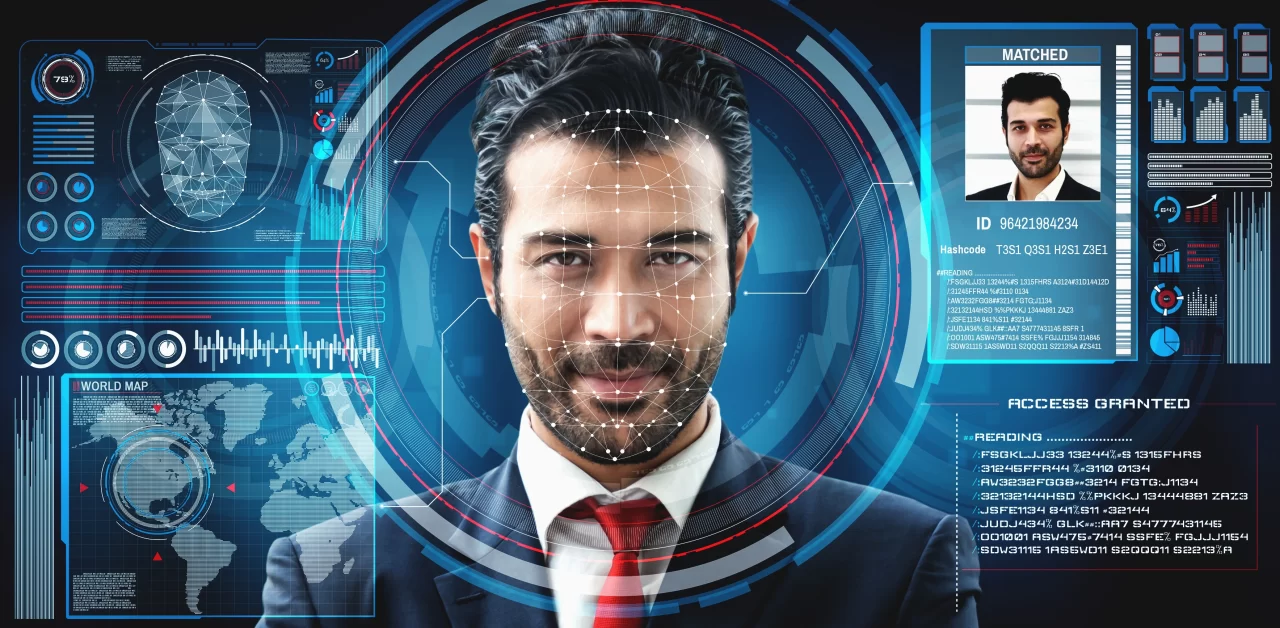The sharing of personal information has become a crucial aspect of our daily lives in the quickly developing digital world. It ranges from online shopping, seeing a doctor, or using other services, we frequently find ourselves disclosing sensitive information to make the process easier and to provide more individualized service. But this improved convenience also highlights how important data security and privacy are. As a result, keywords like PII, PHI, and PCI have become quite important in the field of information security. To protect sensitive data and maintain compliance with legal requirements, it is crucial for individuals and organizations to recognize the differences between these phrases.
The importance of these keywords which are Personally Identifiable Information (PII), Protected Health Information (PHI), and Payment Card Industry Data (PCI) will be discussed in this blog. We will explore the special traits of each category, the significance of safeguarding them, and the top strategies that may be used to properly secure them. By the end, e assure you that you all will have a thorough understanding of the significance of different data kinds in our networked society as well as the precautions needed to protect them against unwanted access and misuse. Let’s set out on this adventure to debunk the myths and deep dive into PII, PHI, and PCI.
PII (Personally Identifiable Information)
PII stands for “Personally Identifiable Information,” which is any information that may be used to directly or indirectly identify an individual. This comprises a variety of personal information, including:
- Full name
- SSN: Social Security Number
- Born on [date]
- Home address, contact information, and email
- Biometric information, such as facial recognition data or fingerprints
- (In some circumstances) IP addresses
In order to provide individualized services, manage transactions, and sustain client relationships, businesses and organizations must have PII. But if it’s made public, it could result in fraud, identity theft, and other bad things. Therefore, it’s essential for businesses to have strong security measures to shield PII from unapproved access or exposure.
PHI (Protected health information)
Protected health information (PHI) is a subset of personally identifiable information (PII) that is particularly sensitive and is subject to stringent regulatory regulations.PHI includes the following:
- Health records
- Medical background
- Details about health insurance
- Lab findings
- Information about billing and payments for medical services
PHI is protected in the United States under the Health Insurance Portability and Accountability Act (HIPAA), and comparable data protection laws are put in place in many other nations as well. To protect sensitive data and avert potential breaches that can jeopardize patients’ privacy and health, healthcare providers, insurers, and other organizations handling PHI are expected to adhere to stringent security and privacy rules.
PCI (Payment Card Industry)
PCI stands for Payment Card Industry Data, which is the term used to describe any data pertaining to electronic cards like debit cards, credit cards, and other payment methods. This comprises:
- Customer’s name
- Date of expiration and card number
- (CVC/CVV) Card Verification Code
Organizations that handle, transfer, or store payment card data must adhere to the rules and specifications set forth in the PCI Data Security Standard (PCI DSS). Any organization handling credit card information, including shops, e-commerce platforms, and financial institutions, must comply with PCI DSS. In the event of a data breach, failure to adhere to these requirements may result in harsh financial fines and reputational harm.
PII, PHI, and PCI security
Organizations must give data protection a priority due to the serious consequences of improper handling of PII, PHI, and PCI. Here are some essential tactics for efficiently protecting sensitive information:
Robust encryption techniques: Use robust encryption techniques to make data unreadable to unauthorized parties during both transmission and storage.
Implement strong access controls: Implement strong access controls to restrict access to data to only authorized personnel. This covers security-enhancing authentication techniques like multi-factor authentication (MFA).
Regular Audits and Assessments: To pinpoint vulnerabilities and guarantee adherence to pertinent data protection laws, conduct routine security audits and assessments.
Employee Education: Inform staff members on best practices for data security, including how to spot and report potential security risks (such as phishing attempts).
Secure data storage techniques: Use secure data storage techniques, whether on-site or through reputable cloud service providers with an established history of data protection.
Incident response plan: Create a thorough security incident response plan to address and reduce the effects of any data breaches or security incidents as soon as they happen.
Key Differences:
Data Scope:
- PII includes a wider variety of personal information, including information unrelated to one’s health, that can be used to identify a person.
- Individually identifiable health information on past and present medical conditions and healthcare treatments is the subject of PHI.
- Only information related to payment cards and transactions is of concern to PCI.
Regulatory Framework:
- Depending on the country and industry, different data protection laws and rules apply to PII.
- Specific healthcare data protection rules, such HIPAA in the US, apply to PHI.
- Major credit card firms established the PCI DSS guidelines, which govern PCI.
Impact on Industry:
- PII is pertinent to several industries, including marketing, finance, and retail.
- PHI mostly affects the healthcare sector and service providers in that sector.
- For merchants, e-commerce sites, and financial institutions participating in payment card transactions, PCI is essential.
Conclusion
Protecting sensitive data is a top priority for organizations across industries as the digital landscape continues to change. Implementing efficient data protection measures and ensuring compliance with pertinent legislation requires an understanding of the differences between PII, PHI, and PCI.
Organizations can build consumer trust, safeguard their reputation, and bolster their defenses against potential cyber threats by implementing strict security standards. In the digital era, protecting sensitive data is not only required by law but also a moral obligation to respect the rights of individuals to privacy and secrecy.





